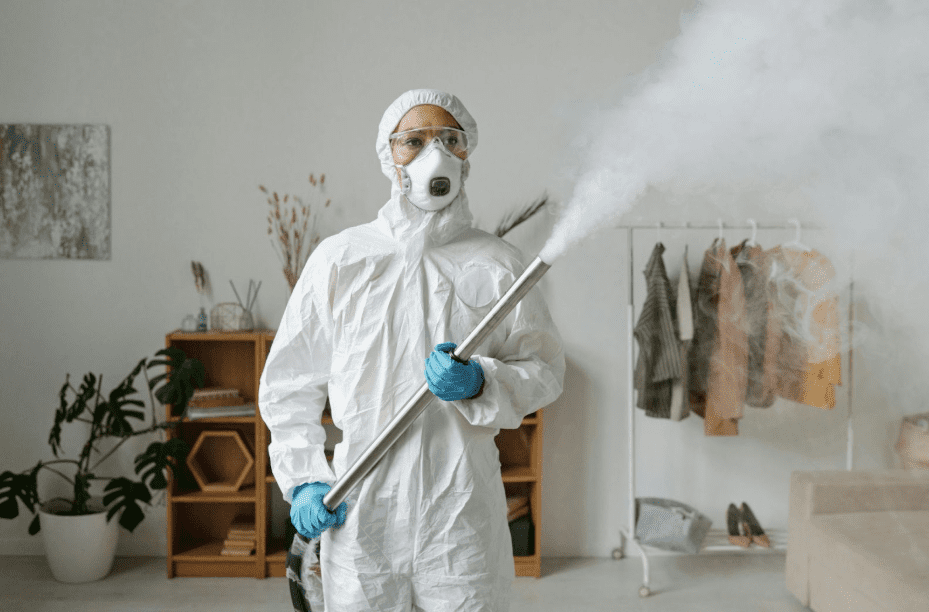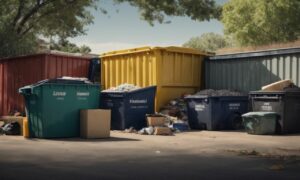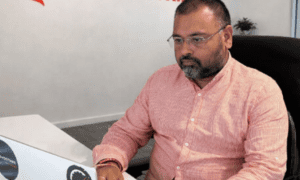Source: Pexels
Some messes go beyond what ordinary cleaning can handle. When you’re dealing with bloodborne pathogens, sewage backups, trauma scenes, or post-fire contaminants, the stakes are much higher than just cleanliness. These situations pose serious health risks to anyone who comes in contact with them.
That’s why biohazard cleanup services are not a luxury; they’re a necessity. Certified professionals are trained to safely remove, sanitize, and restore affected areas, protecting both people and property.
What Exactly Is a Biohazard?
A biohazard is any biological substance that can harm human health. Common examples include:
- Blood and bodily fluids from trauma, accidents, or crime scenes
- Sewage and wastewater containing bacteria and viruses
- Mold infestations caused by water damage
- Animal waste or decomposition in neglected spaces
- Chemical residues from drug labs or industrial spills
These substances are invisible threats. Even a small amount of contamination can spread bacteria, viruses, or toxins that linger long after the visible mess is gone.
Why Biohazard Cleanup Requires Certified Professionals
Unlike general cleaning, biohazard remediation involves specialized equipment, protective gear, and strict safety protocols. Certified experts follow industry standards to:
- Contain the Area – Preventing the spread of contaminants is the first step. Professionals set up controlled zones and use proper ventilation to minimize exposure.
- Remove & Dispose of Hazardous Materials – Items like carpets, furniture, or porous surfaces soaked in biohazardous material are safely removed and disposed of following federal and state regulations.
- Deep Clean & Sanitize – Industrial-strength cleaners and disinfectants are used to neutralize bacteria, viruses, and other pathogens.
- Deodorize & Restore – Odors caused by decomposition, smoke, or sewage are treated with advanced deodorization techniques to ensure a clean, safe environment.
Attempting DIY cleanup of a biohazard site is not only dangerous but can also lead to incomplete sanitization, leaving harmful contaminants behind.
Hidden Risks You Can’t Ignore
When biohazards are left untreated, they create long-term health and property risks:
- Bloodborne pathogens like HIV and Hepatitis B/C can survive on surfaces for days.
- Sewage backups contain bacteria like E. coli and salmonella that can trigger severe infections.
- Mold spores from untreated water damage can cause respiratory issues and worsen allergies.
- Smoke damage and health risks from fire residues can linger in walls, ceilings, and HVAC systems.
Beyond health risks, untreated biohazards also lead to property devaluation, lingering odors, and the potential for future structural damage.
When Fire Damage Creates Biohazard Risks
Many people don’t realize that fire damage restoration services often overlap with biohazard cleanup. After a fire, you’re not only dealing with smoke and soot but also:
- Toxic residues from burned materials like plastics, chemicals, or synthetic fabrics
- Water damage and mold growth caused by firefighting efforts
- Post-fire biohazard risks, including debris contaminated with carcinogens and other hazardous particles
In such cases, a professional team experienced in biohazard and fire damage cleanup ensures your property is thoroughly decontaminated and safe for re-entry.
Why Immediate Action Matters
Time is critical when it comes to biohazard remediation. Delaying cleanup allows bacteria, viruses, and toxic particles to spread further, making the cleanup more complicated and costly.
Quick action prevents:
- Odors from becoming deeply embedded
- Mold and bacteria from multiplying
- Additional damage to flooring, walls, and HVAC systems
Professional biohazard cleanup services are available 24/7 because emergencies don’t follow a schedule.
Protecting Yourself, Your Family, and Your Property
Attempting to clean biohazard materials without proper training and protective equipment is dangerous. Professionals use:
- Personal protective equipment (PPE) to avoid exposure
- Industrial-grade disinfectants approved by health authorities
- HEPA filtration systems to purify the air during and after cleanup
- Proper disposal methods to comply with legal and environmental guidelines
This not only protects the immediate occupants but also ensures the property meets safety and sanitation standards.
Choosing the Right Cleanup Partner
When hiring a biohazard remediation team, look for:
- Certification and training in biohazard safety protocols
- Experience with a wide range of contamination scenarios
- Availability for 24/7 emergency response
- Comprehensive services, including both biohazard cleanup and fire damage restoration services if needed
A trusted provider ensures thorough, discreet, and compassionate handling of sensitive situations.
Final Thoughts: Safety Comes First
Biohazard cleanup isn’t just about making a space look clean; it’s about making it truly safe. Whether it’s a trauma scene, sewage backup, or post-fire biohazard risks, leaving the job to certified experts prevents long-term health dangers and property damage.
Don’t put yourself or others at risk. When a mess becomes a health emergency, call professional biohazard cleanup services immediately to restore safety, sanitation, and peace of mind.



































